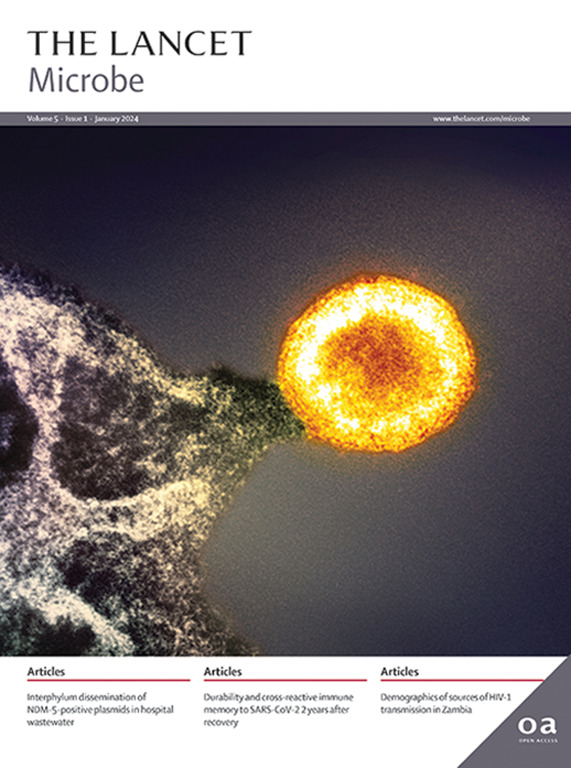1820年以来纹身相关感染的原因、模式和流行病学。
IF 20.9
1区 生物学
Q1 INFECTIOUS DISEASES
引用次数: 0
摘要
尽管人们对纹身的认识和公共卫生倡议有所提高,但自2000年以来,与纹身有关的微生物感染的发病率有所增加。本系列分为两部分,第一篇论文详细介绍了1820年至2023年两个世纪以来纹身相关感染的微生物学方面,第二篇论文在此基础上描述了这些感染的模式、原因和其他相关流行病学因素。自2000年以来,细菌爆发,特别是由非结核分枝杆菌引起的细菌爆发有所增加,促使人们重新评估纹身是一种严重的公共卫生风险。不充分的卫生习惯是微生物感染的主要原因,受污染的纹身墨水也起到了很大的作用,导致了11起疫情和随后的墨水召回。虽然很罕见,但纹身过程偶尔会导致危及生命的感染和死亡。专业和非专业艺术家的纹身都与感染有关,这表明受监管的环境并不一定能消除风险。此外,免疫系统受损的个体,特别是艾滋病毒感染者,特别容易感染利什曼原虫等感染。尽管人们通常认为永久化妆比传统纹身更安全,但感染仍在发生,自2010年以来报告了11例。此外,涉及多种病原体的多微生物感染给诊断和治疗带来了挑战。总的来说,这些见解突出了纹身相关感染的历史和新模式,可以为制定更有效的公共卫生指南提供信息,加强预防措施,并指导未来减少纹身相关风险的研究。本文章由计算机程序翻译,如有差异,请以英文原文为准。
Causes, patterns, and epidemiology of tattoo-associated infections since 1820
Despite increased awareness and public health initiatives, the incidence of microbial infections related to tattoos has increased since 2000. Building on the first paper in this two-part Series, which detailed the microbiological aspects of tattoo-related infections over the past two centuries from 1820 to 2023, this second paper describes the patterns, causes, and other related epidemiological factors of these infections. Since 2000, bacterial outbreaks, particularly those caused by non-tuberculous mycobacteria, have increased, prompting a re-evaluation of tattoos as a serious public health risk. Insufficient hygiene practices have been the primary cause of microbial infections, with contaminated tattoo inks also contributing substantially, leading to 11 outbreaks and subsequent ink recalls. Although rare, the tattooing process can occasionally lead to life-threatening infections and fatalities. Tattoos by both professional and non-professional artists were associated with infections, suggesting that regulated environments do not necessarily eliminate risk. Additionally, individuals with compromised immune systems, especially those with HIV, were particularly vulnerable to infections such as Leishmania. Although permanent make-up is often perceived as safer than conventional tattoos, infections still occur, with 11 cases reported since 2010. Furthermore, polymicrobial infections involving multiple pathogens have posed challenges for diagnosis and treatment. Overall, these insights highlight the historical and emerging patterns of tattoo-related infections and can inform the development of more effective public health guidelines, enhance preventive measures, and guide future research on reducing the risks associated with tattoos.
求助全文
通过发布文献求助,成功后即可免费获取论文全文。
去求助
来源期刊

Lancet Microbe
Multiple-
CiteScore
27.20
自引率
0.80%
发文量
278
审稿时长
6 weeks
期刊介绍:
The Lancet Microbe is a gold open access journal committed to publishing content relevant to clinical microbiologists worldwide, with a focus on studies that advance clinical understanding, challenge the status quo, and advocate change in health policy.
 求助内容:
求助内容: 应助结果提醒方式:
应助结果提醒方式:


